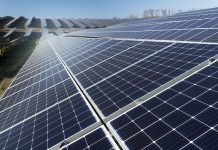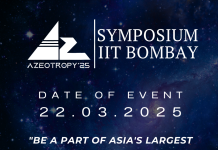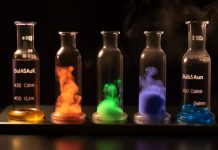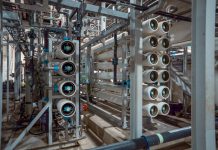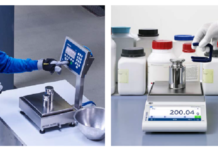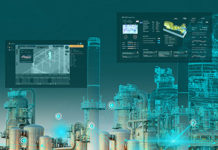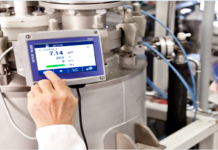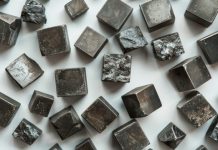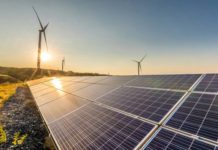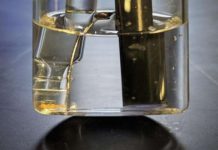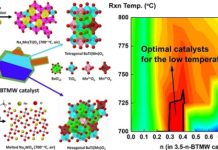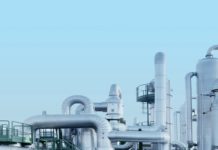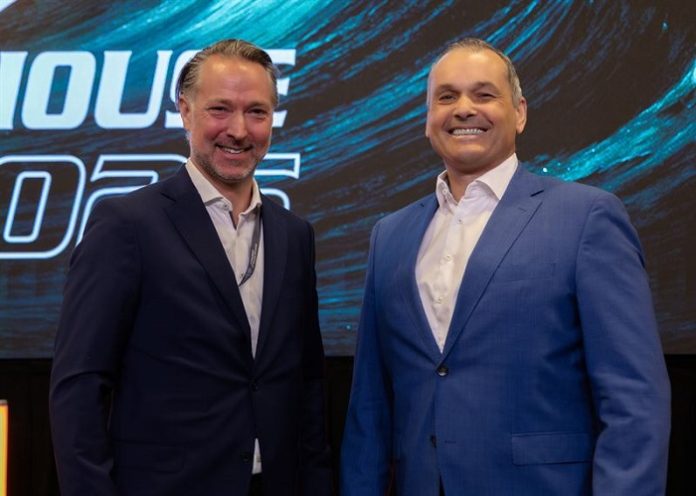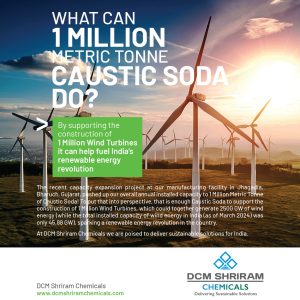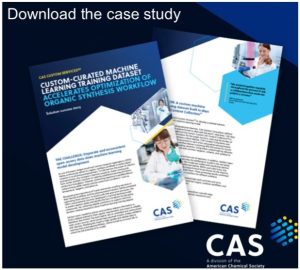Wärtsilä Gas Solutions, a business unit of the Wärtsilä technology group, in collaboration with marine energy infrastructure leader Höegh Evi, has completed the development of the world’s first floating ammonia-to-hydrogen cracker. This cutting-edge technology enables industrial-scale hydrogen production from ammonia directly at floating import terminals—a major milestone in the global energy transition.
Flexible and Scalable Design for Floating Terminals
Designed with a modular architecture, the cracker integrates seamlessly into Floating Storage and Regasification Units (FSRUs) as well as dedicated Floating Hydrogen Terminals. It offers high scalability, with the capacity to deliver up to 210,000 tonnes of hydrogen per year. Ammonia storage can be scaled between 10,000m³ and 120,000m³, making it adaptable to various deployment needs.
A Game-Changer for Europe’s Hydrogen Economy
Erik Nyheim, CEO of Höegh Evi, emphasized the transformative potential of the technology:
“The floating ammonia-to-hydrogen cracker developed by Höegh Evi, Wärtsilä Gas Solutions, and our partners is a game-changer for the hydrogen economy and Europe’s energy transition. Our floating terminals and cracking systems can unlock the full potential of global green hydrogen value chains, ensuring European industry has access to reliable clean energy within this decade.”
Advancing Sustainable Energy Infrastructure
Kjell Ove Ulstein, Sales & Marketing Director at Wärtsilä Gas Solutions, highlighted the innovation’s broader impact:
“This pioneering development represents a major leap forward in sustainable energy solutions. By addressing the challenges of hydrogen storage and transport, we are enabling a more resilient and flexible energy infrastructure for the future.”
Backed by Norway’s Green Platform Programme
As per the Wartsila press release, the project, announced in April 2023, received €5.9 million in funding from Norway’s Green Platform Programme, covering about half of the total budget. The ammonia cracker was constructed at the Sustainable Energy Norwegian Catapult Center in Stord, Norway.
Key partners include:
- Institute for Energy Technology (IFE)
- University of South-East Norway
- Sustainable Energy
- BASF SE
Strong Support from Innovation Norway
Håkon Haugli, CEO of Innovation Norway, praised the initiative’s alignment with national goals:
“The future of energy must be green, and it’s our job to support the technological advances that will take us there. We’re proud to back this innovative project.”
Unlocking Europe’s Hydrogen Import Potential
As part of the EU’s REPowerEU strategy, Europe aims to import 10 million tonnes of renewable hydrogen annually by 2030. While the hydrogen grid is still under development, floating ammonia cracking technology offers an immediate and scalable solution for large-scale hydrogen imports. It ensures a stable energy supply for hard-to-abate sectors and contributes to system-wide energy balance.
Why Ammonia is Key to Hydrogen Transport
Although hydrogen holds promise as a clean fuel, it poses significant storage and transport challenges due to its low volumetric energy density and high evaporation risk. In contrast, ammonia is more suitable for global logistics, as it can be stored and shipped as a liquid under moderate conditions. Once it reaches its destination, the floating ammonia cracker efficiently converts ammonia back into hydrogen for integration into the local energy grid.





